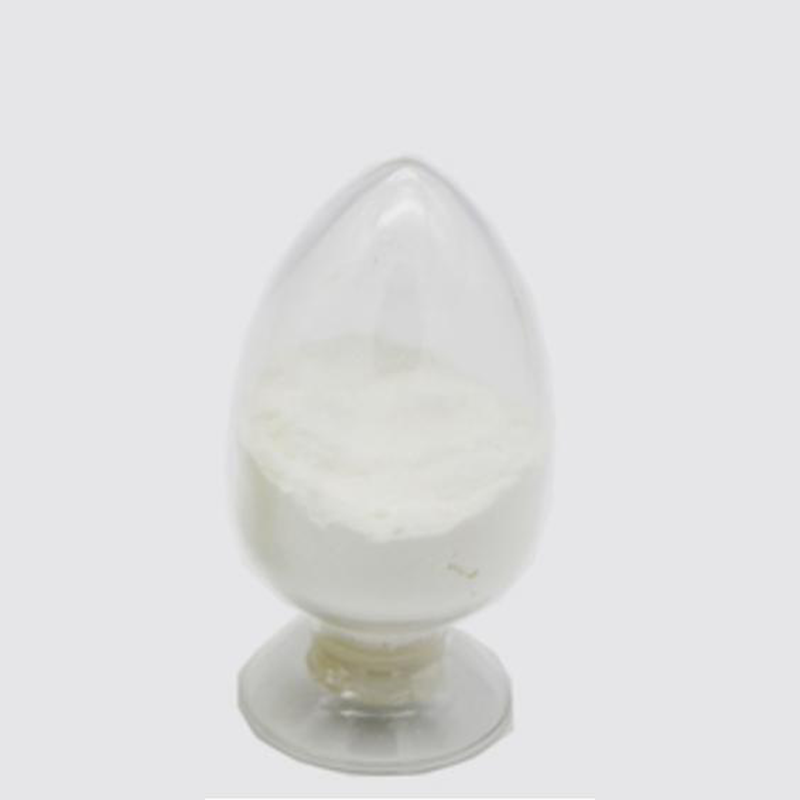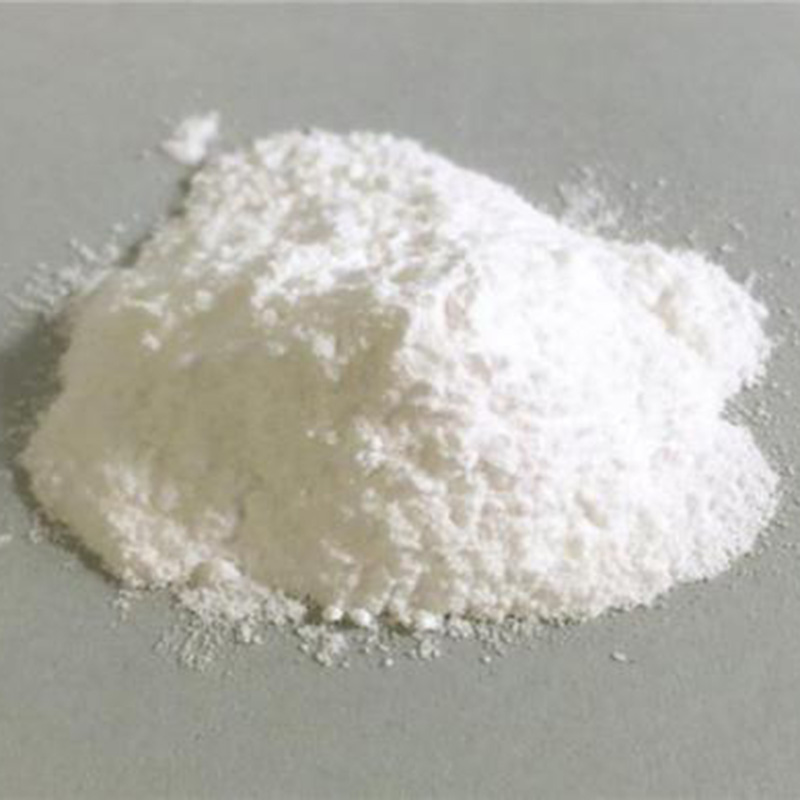Propiconazole systemic wide application triazole fungicide
Product description
Propiconazole is a type of triazole fungicide, it is used extensively in a variety of applications. It is used on grasses grown for seed, mushrooms, corn, wild rice, peanuts, almonds, sorghum, oats, pecans, apricots, peaches, nectarines, plums and prunes. On cereals it controls diseases caused by Erysiphe graminis, Leptosphaeria nodorum, Pseudocerosporella herpotrichoides, Puccinia spp., Pyrenophora teres, Rhynchosporium secalis, and Septoria spp.
Propiconazole's mode of action is demethylation of C-14 during ergosterol biosynthesis (through inhibiting the activity of 14a-demethylase as detailed below), and leading to accumulation of C-14 methyl sterols. The biosynthesis of these ergosterols is critical to the formation of cell walls of fungi. This lack of normal sterol production slows or stops the growth of the fungus, effectively preventing further infection and/or invasion of host tissues. Therefore, propiconazole is considered to be fungistatic or growth inhibiting rather than fungicidal or killing.
Propiconazole is also a potent inhibitor of Brassinosteroids biosynthesis. Brassinosteroids (BRs) are poly-hydroxylated steroidal hormones with profound effects on several physiological plant responses. They are involved in regulating cell elongation and division, vascular differentiation, photomorphogenesis, leaf angle inclination, seed germination, stomata development, as well as suppression of leaf senescence and abscission.
Propiconazole (PCZ) is among the most heavily used in agriculture. Triazole fungicides have a shorter half-life and lower bioaccumulation than organochlorine pesticides, but detrimental effects on the aquatic ecosystem may arise from spray drift or surface run-off after rainfall. They have been reported to undergo transformation to secondary metabolites in terrestrial mammals.
Propiconazole penetrates the terrestrial environment in its function as a fungicide for a variety of crops. In the terrestrial environment, propiconazole is presented to be slightly persistent to persistent. Biotransformation is an important route of transformation for propiconazole, with major transformation products being 1,2,4-triazole and compounds hydroxylated at the dioxolane moiety. Phototransformation on soil or in air is not important for propiconazole transformation. Propiconazole appears to have medium to low mobility in soil. It has the potential to reach ground water through leaching, especially in soils with low organic matter content. Propiconazole is typically detected in the upper soil layers, but transformation products were detected deeper in the soil profile.












